Of the records I’ve seen, three attine species appear most frequently on port intercept lists: Acromyrmex octospinosus, Atta cephalotes, and Atta sexdens. I’ve had difficulty finding publications or even online resources detailing characters separating the minor worker caste of these latter two Atta species. I’ve drawn up a few preliminary characters myself, based on Antweb images and a few specimens of each I borrowed from Phil Ward, but would like to get them confirmed by folks more familiar with these taxa.
Can anyone out there who knows the attines give a thumbs up or down to the last two characters in this chart?

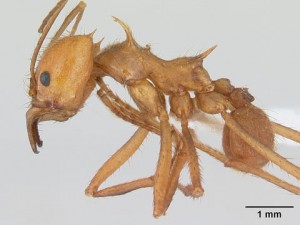
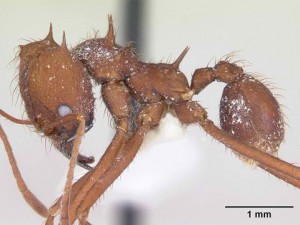
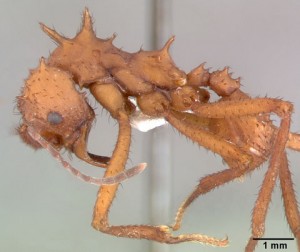
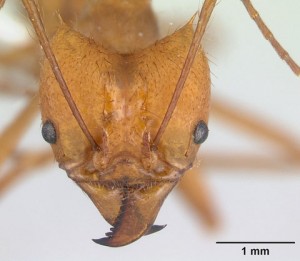
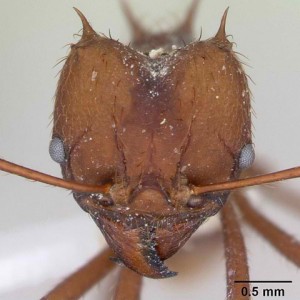
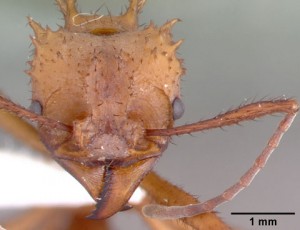
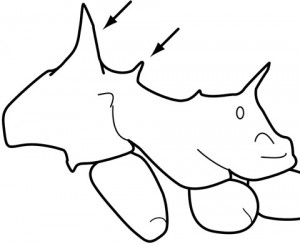
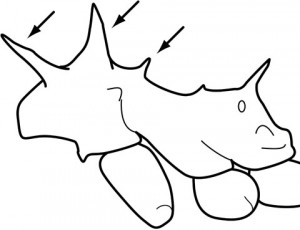
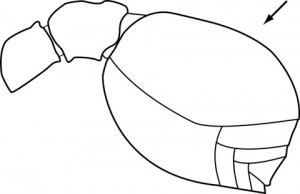
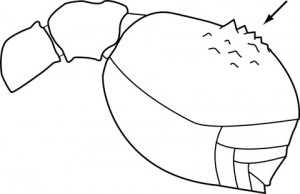
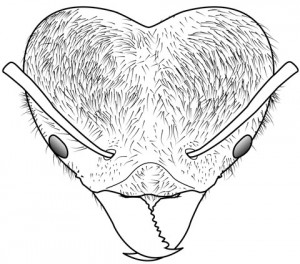
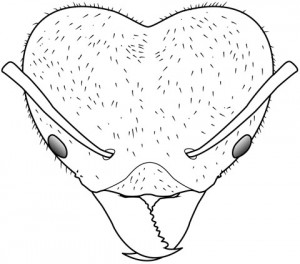
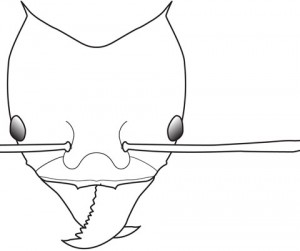
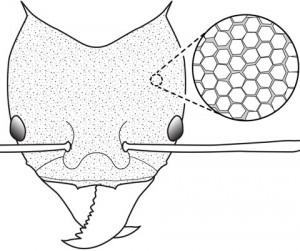
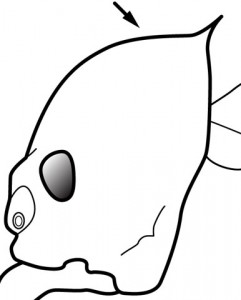
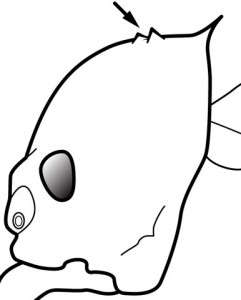
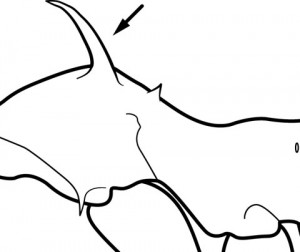
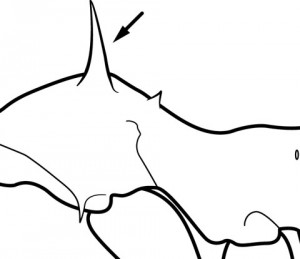
In my experience, the best characters for distinguishing A. cephalotes from A. sexdens are two of the ones you listed: (1) the “small teeth on the head, anterior to the posteriorly projecting spines” which in profile give A. sexdens a squared-off appearance rather than a smoothly curving surface leading to the spine. In fact, the only Atta
spp that do not have those teeth/square shape are A. cephalotes and A. colombica. So this is a great character, and usually easy to see even in the field. (2) the shape of the pronotal spines, which as you point out are curved towards the anterior in A. cephalotes. You have to be careful with this character because the spines are highly variable, even across different castes within a nest. But they tend to be much more curved in A. cephalotes than in any other species.
Thanks Scott, good to have an expert weigh in on this!